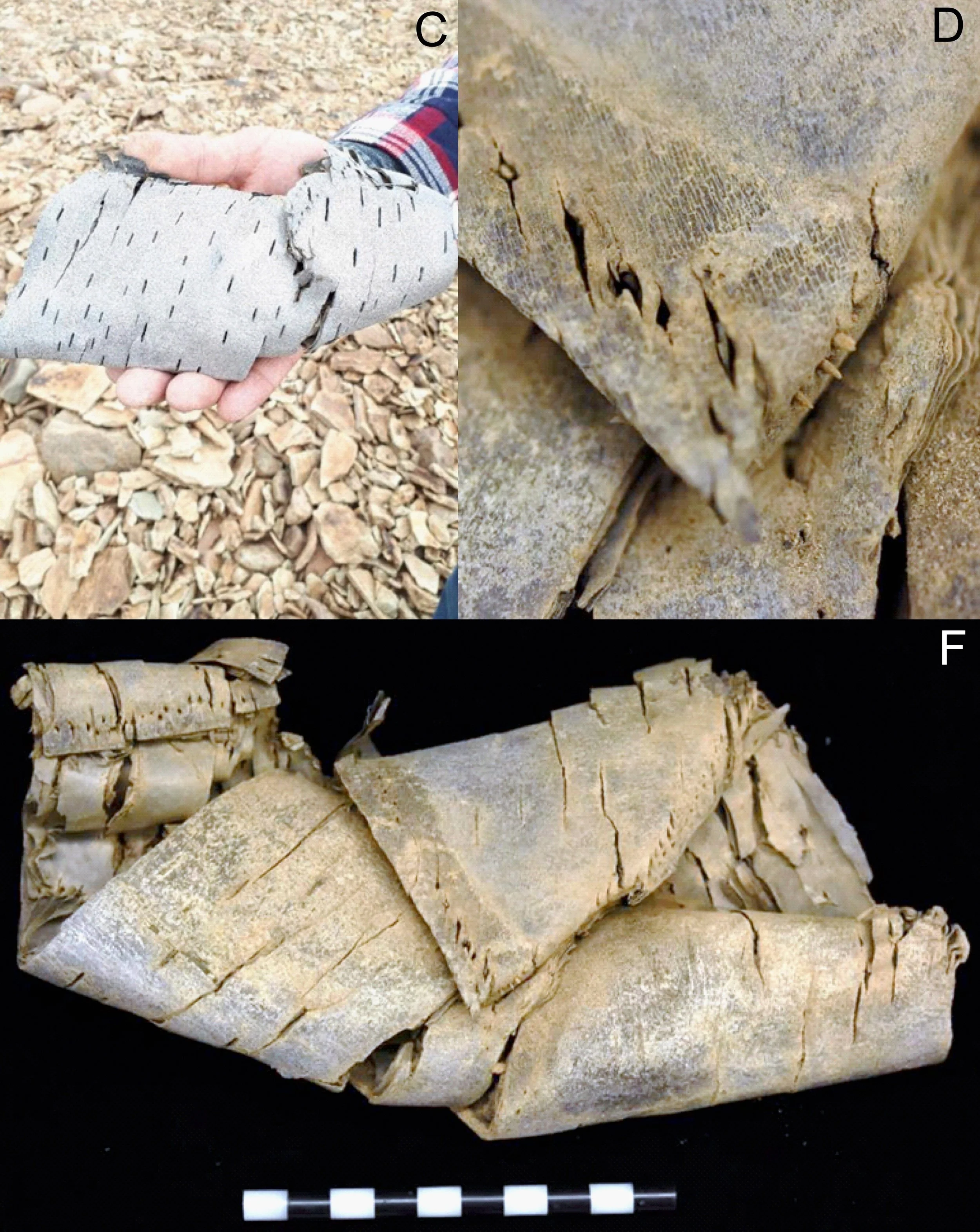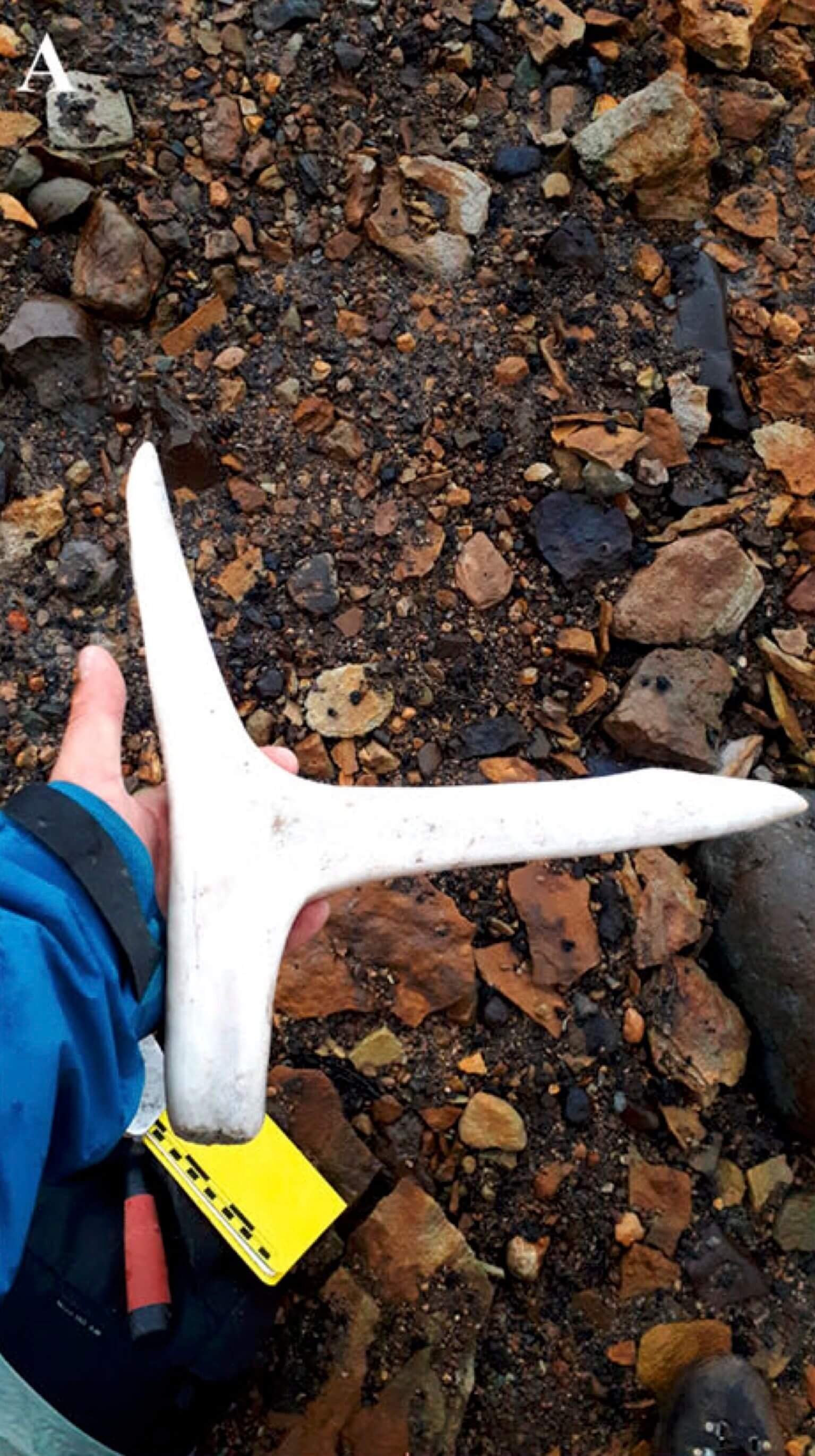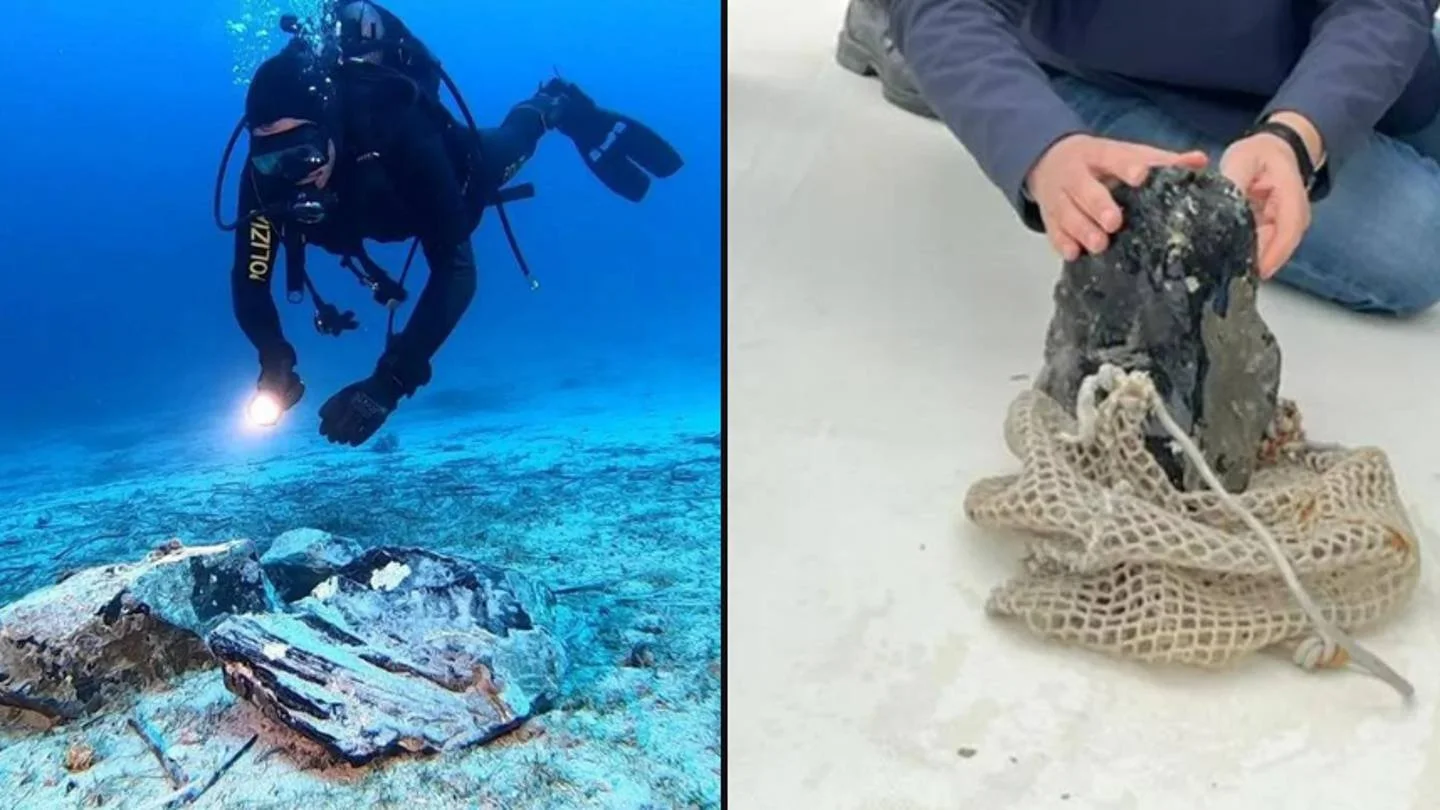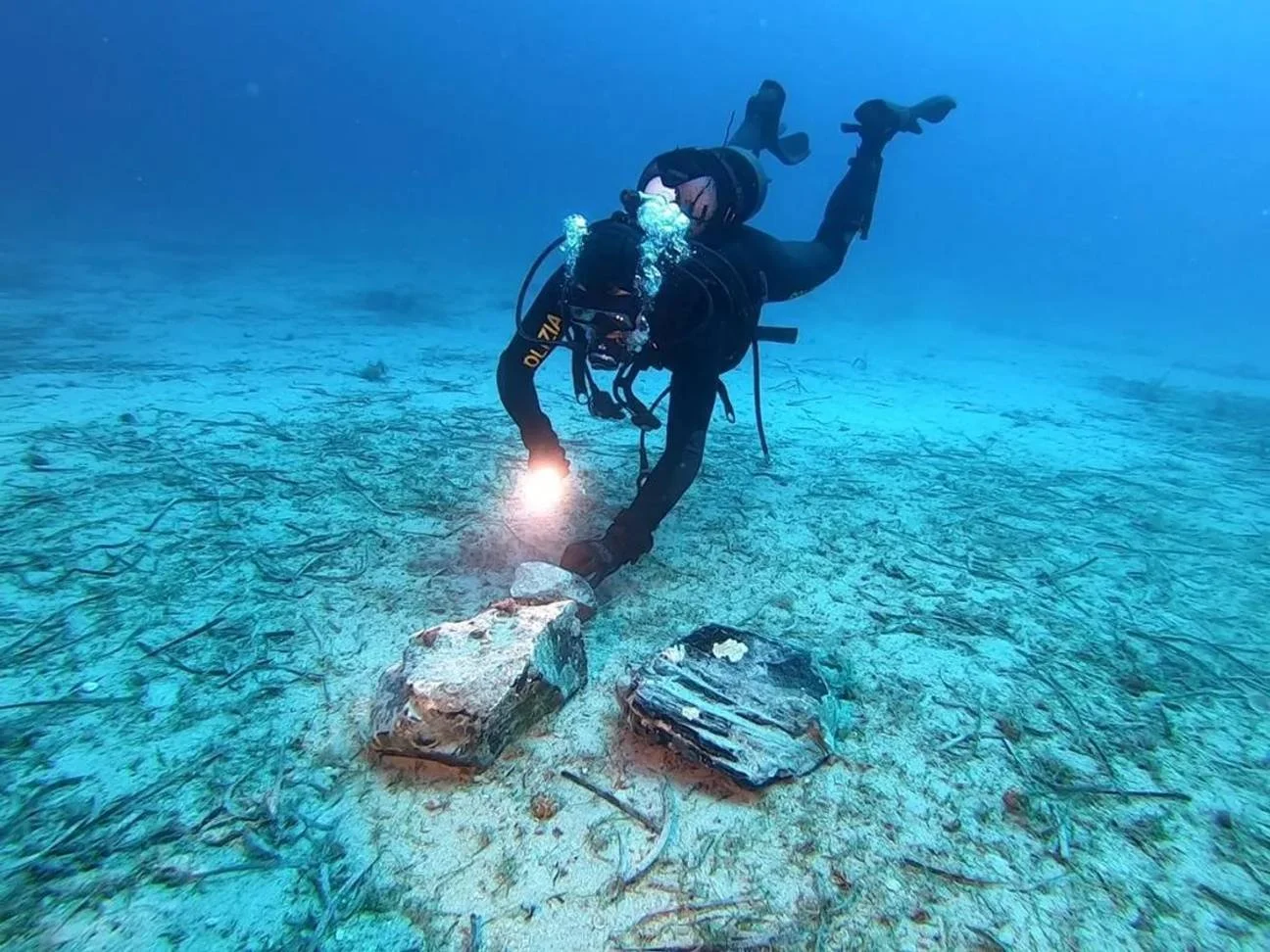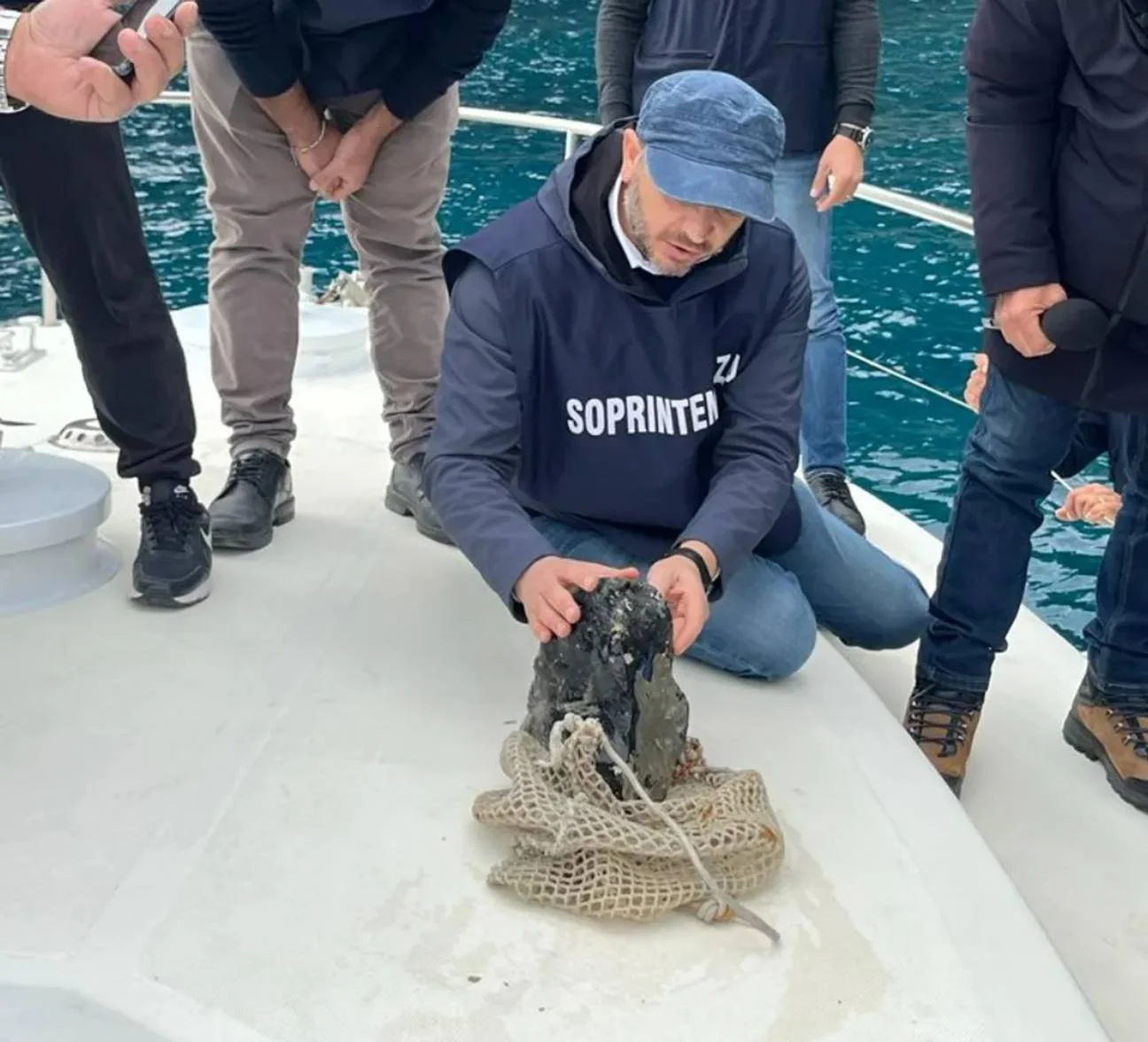In a remarkable twist of fate, researchers have stumbled upon a perplexing maritime enigma at the bottom of the Baltic Sea off the coast of Lithuania. This unexpected discovery has ignited curiosity and intrigue among historians, archaeologists, and maritime enthusiasts alike. The sunken behemoth, measuring an impressive 230 feet in length and standing 20 feet tall, has remained hidden beneath the waves, shrouded in mystery, until now.
Ignitis Renewables, a subsidiary of the Lithuanian state-run energy company Ignitis Group, specializing in renewable energy solutions, was at the heart of this extraordinary find. Their initial objective was to conduct a survey of the seafloor for a wind farm project. Little did they know that they would stumble upon a relic of the past that defied explanation.
Located 125 feet beneath the ocean's surface in an area of the Baltic Sea that had previously eluded in-depth exploration, the sunken vessel had never been cataloged in national databases. Covering an extensive stretch of approximately 75 miles, this uncharted territory remained untouched by historical documentation until Ignitis Renewables' groundbreaking research.
Paulius Kalmantas, a spokesperson for Ignitis Renewables, emphasized the significance of this discovery, stating that it will prove invaluable to the scientific community and historians of Lithuania. The shipwreck's historical and underwater archaeological research promises to shed light on a previously obscured chapter of maritime history. Additionally, this data will play a pivotal role in the development of Lithuania's first offshore wind farm, aiming to satisfy a substantial portion of the country's electricity demand through sustainable green energy sources.
In a translated social media post, Ignitis Group shared their astonishment: "While carrying out research on the Baltic Sea floor for the offshore wind power park project, we have found a previously unknown sunken ship!" They pledged to entrust this extraordinary find to experts who would unravel its mysteries and share detailed seabed information with Lithuania's scientific community.
The fate of this shipwreck in Lithuania's national database of historically significant sites hinges on ongoing research. Augustina Kurilienė, an official with the heritage department at the Ministry of Culture, expressed the rarity of such discoveries in the Baltic Sea, noting that only 19 shipwrecks in Lithuanian waters are officially registered. She went on to explain that once the ship's precise date is established, a decision will be made regarding its inclusion in the Register of Cultural Values.
Nevertheless, Lithuania is steadfast in its commitment to adhere to UNESCO guidelines for the protection and preservation of underwater cultural heritage. Elena Pranckėnaitė, an archaeologist and heritage expert, emphasized that the shipwreck could offer invaluable insights into the history of maritime activities in the Baltic Sea, further enhancing our understanding of the region's rich maritime heritage.
In conclusion, the discovery of this colossal shipwreck beneath the Baltic waves serves as a testament to the unyielding allure of the sea, concealing secrets that continue to captivate the human imagination. As research and exploration progress, we eagerly anticipate the day when the enigma of this sunken giant is finally unraveled, offering us a glimpse into a bygone era of seafaring adventure and maritime history.



















